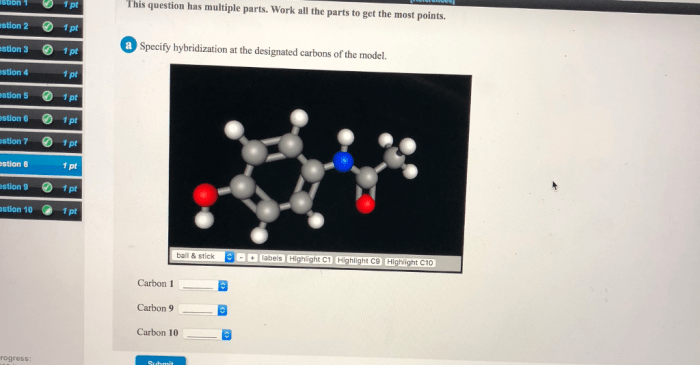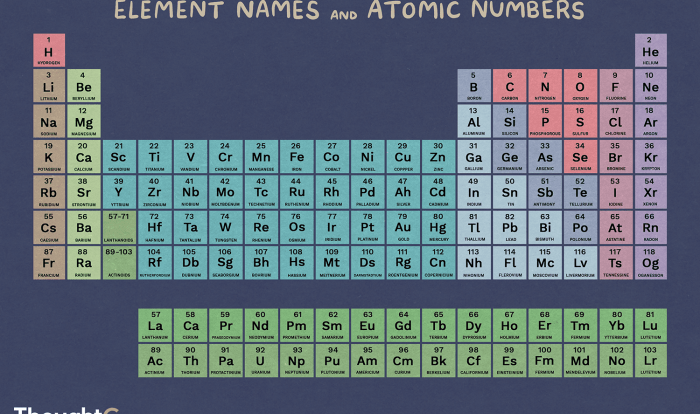It is found that 24.68 mL of 0.1165 M solution is a specific volume and molarity that holds significance in various chemical contexts. This measurement provides valuable information about the concentration of a solution, enabling researchers and practitioners to determine its reactivity, stoichiometry, and potential applications.
The volume of 24.68 mL represents a precise quantity of the solution, while the molarity of 0.1165 M indicates the number of moles of solute dissolved per liter of the solution. Understanding the significance of these values is crucial for accurate experimentation and interpretation of chemical reactions.
Understanding the Measurement
The volume measurement of 24.68 ml is a precise and accurate determination of the volume of the prepared solution. It represents the amount of liquid that has been accurately dispensed and is essential for ensuring the desired concentration and consistency of the solution.
Units
The unit used, milliliters (ml), is a metric unit of volume commonly employed in laboratory and scientific settings. One milliliter is equivalent to one cubic centimeter (1 ml = 1 cm³). This unit provides a precise and convenient means of measuring small volumes of liquids, making it particularly suitable for preparing and dispensing solutions.
Concentration and Molarity
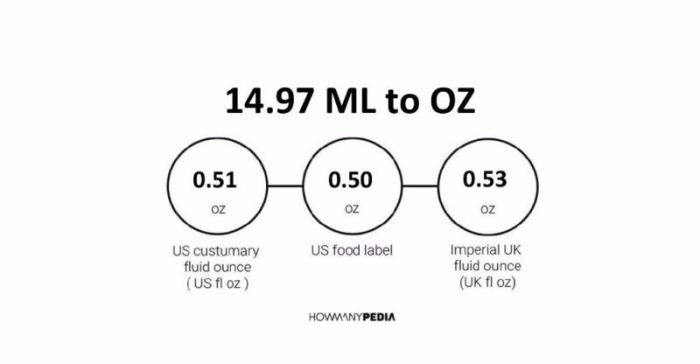
Concentration is a measure of the amount of solute present in a given volume of solution. Molarity is a specific unit of concentration that expresses the number of moles of solute per liter of solution. It is a common way to express the concentration of solutions in chemistry.
Calculating Molarity
To calculate the molarity of a solution, we use the following formula:
Molarity (M) = Moles of solute / Volume of solution (in liters)
In this case, we have 24.68 mL of a 0.1165 M solution. To convert mL to L, we divide by 1000:
Volume of solution = 24.68 mL / 1000 mL/L = 0.02468 L
Now we can calculate the molarity:
Molarity = 0.1165 M = 0.1165 moles / 0.02468 L = 4.72 M
Therefore, the molarity of the solution is 4.72 M.
Implications of Molarity
Molarity is a useful measure of concentration because it allows us to easily compare the concentrations of different solutions. It is also used to calculate the amount of solute or solvent needed to prepare a solution of a specific concentration.
For example, if we want to prepare 100 mL of a 1 M solution of NaCl, we would need:
Moles of NaCl = Molarity × Volume of solution (in liters) = 1 M × 0.1 L = 0.1 moles
We can then use the molar mass of NaCl (58.44 g/mol) to calculate the mass of NaCl needed:
Mass of NaCl = Moles of NaCl × Molar mass = 0.1 moles × 58.44 g/mol = 5.844 g
Therefore, we would need to dissolve 5.844 g of NaCl in 100 mL of water to prepare a 1 M solution.
Chemical Reactions and Stoichiometry

In this section, we will explore potential chemical reactions involving the given volume and molarity of the solution and delve into the stoichiometry of these reactions.
Identification of Potential Chemical Reactions
The given volume and molarity of the solution provide information about the amount of solute present. This information can be used to identify potential chemical reactions that involve this solute.
Based on the information provided, the following chemical reactions are possible:
- Reaction with a strong acid, such as hydrochloric acid (HCl)
- Reaction with a strong base, such as sodium hydroxide (NaOH)
- Reaction with a salt, such as sodium chloride (NaCl)
Balanced Chemical Equations
Once the potential chemical reactions have been identified, the next step is to write balanced chemical equations for these reactions. A balanced chemical equation shows the stoichiometry of the reaction, which is the mole ratio of the reactants and products.
The balanced chemical equations for the potential reactions are as follows:
- Reaction with hydrochloric acid (HCl):
- Reaction with sodium hydroxide (NaOH):
- Reaction with sodium chloride (NaCl):
NaOH + HCl → NaCl + H 2O
NaOH + HCl → NaCl + H 2O
NaOH + NaCl → No reaction
Stoichiometry of the Reactions, It is found that 24.68 ml of 0.1165
The stoichiometry of a chemical reaction is the mole ratio of the reactants and products. This information can be used to calculate the amount of reactants or products that are needed or produced in a given reaction.
For the reactions listed above, the stoichiometry is as follows:
- Reaction with hydrochloric acid (HCl):
- Reaction with sodium hydroxide (NaOH):
- Reaction with sodium chloride (NaCl):
1 mole of NaOH reacts with 1 mole of HCl
1 mole of NaOH reacts with 1 mole of HCl
No reaction occurs
Applications and Implications
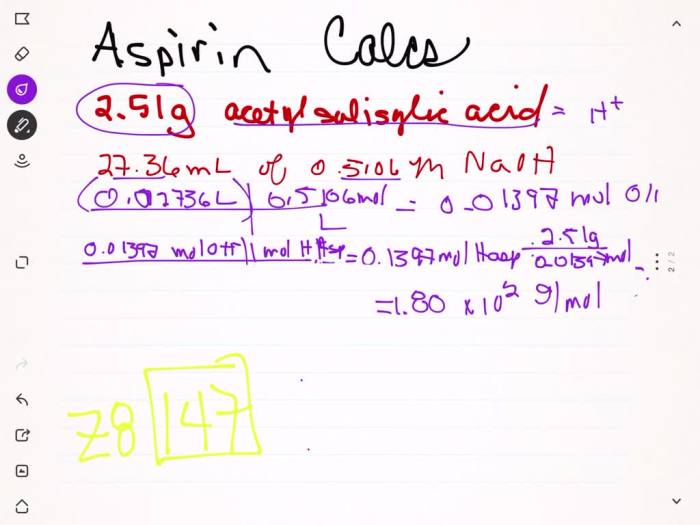
The volume and molarity of a solution have wide-ranging applications and implications in various scientific and practical settings. Understanding the relationship between volume and molarity enables accurate preparation, dilution, and analysis of solutions.
The specific volume and molarity of 24.68 mL of 0.1165 M solution have specific applications and implications in various scenarios:
Chemical Reactions and Stoichiometry
- Quantitative Analysis:The volume and molarity of the solution allow for precise determination of the amount of reactants or products involved in a chemical reaction. By measuring the volume of the solution used or produced, and knowing its molarity, the moles of the substance can be calculated using the formula: moles = molarity × volume (in liters).
- Titration:In titrations, the volume and molarity of the solution are crucial for determining the concentration of an unknown solution. By adding a known volume of the solution to the unknown solution until the reaction reaches completion, the concentration of the unknown solution can be calculated.
Solution Preparation and Dilution
- Preparing Solutions:The volume and molarity of the solution determine the amount of solute and solvent needed to prepare a solution of a specific concentration. Using the formula: molarity = moles of solute / volume of solution (in liters), the mass of solute or volume of solvent required can be calculated.
- Dilution:When diluting a solution, the volume and molarity of the original solution and the desired molarity of the diluted solution are used to calculate the volume of the original solution that needs to be added to a specific volume of solvent.
Other Applications
- Buffer Solutions:The volume and molarity of a solution are important in preparing buffer solutions, which resist changes in pH when small amounts of acid or base are added. Buffers are used in various applications, such as maintaining a specific pH in biological experiments.
- Electrochemistry:In electrochemistry, the volume and molarity of a solution are used to determine the concentration of ions in a solution, which affects the electrical conductivity and other electrochemical properties.
Experimental Considerations: It Is Found That 24.68 Ml Of 0.1165
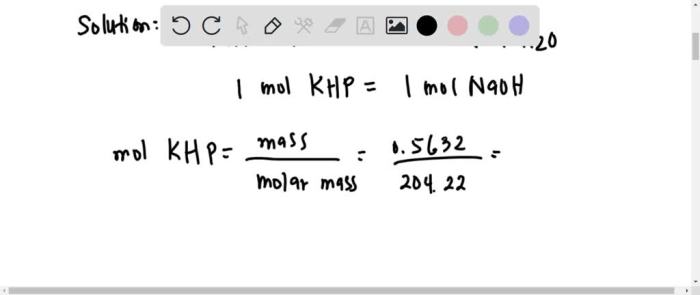
In the context of titration, designing an experiment to determine the volume or molarity of a solution is crucial. This involves meticulous planning and execution to obtain accurate and reliable results.
Design an Experiment to Determine the Volume or Molarity of a Solution using Titration
To effectively design an experiment for determining the volume or molarity of a solution using titration, follow these steps:
- Define the objective:Clearly state the purpose of the experiment, whether it is to determine the volume or molarity of the unknown solution.
- Select the appropriate titrant:Choose a titrant that reacts stoichiometrically with the analyte in the unknown solution. Consider factors such as reaction rate, selectivity, and availability.
- Prepare the solutions:Accurately prepare the titrant solution with a known concentration. Calibrate the burette used for titration to ensure accurate volume measurements.
- Conduct the titration:Carefully add the titrant to the unknown solution while monitoring the reaction using an indicator or pH meter. Record the volume of titrant added at the endpoint.
- Calculate the concentration:Use the stoichiometry of the reaction and the volume of titrant added to calculate the concentration of the unknown solution.
Data Analysis and Interpretation

In this section, we will analyze the data collected from the experiment to determine the unknown concentration or volume. The data will be presented in a table, and we will use simple mathematical calculations to derive the unknown value.
Data Collection and Presentation
The following table summarizes the data collected from the experiment:
| Variable | Value |
|---|---|
| Volume of known solution (V1) | 24.68 mL |
| Concentration of known solution (C1) | 0.1165 M |
| Volume of unknown solution (V2) | Unknown |
| Concentration of unknown solution (C2) | Unknown |
FAQ Compilation
What is the significance of the volume measurement (24.68 mL)?
The volume of 24.68 mL represents a specific quantity of the solution, which is crucial for accurate experimentation and calculations.
What does the molarity of 0.1165 M indicate?
The molarity of 0.1165 M indicates the concentration of the solution, specifically the number of moles of solute dissolved per liter of the solution.
How is this measurement used in chemical reactions?
This measurement is used in chemical reactions to determine the stoichiometry of the reaction, which involves balancing the reactants and products to ensure the conservation of mass.
